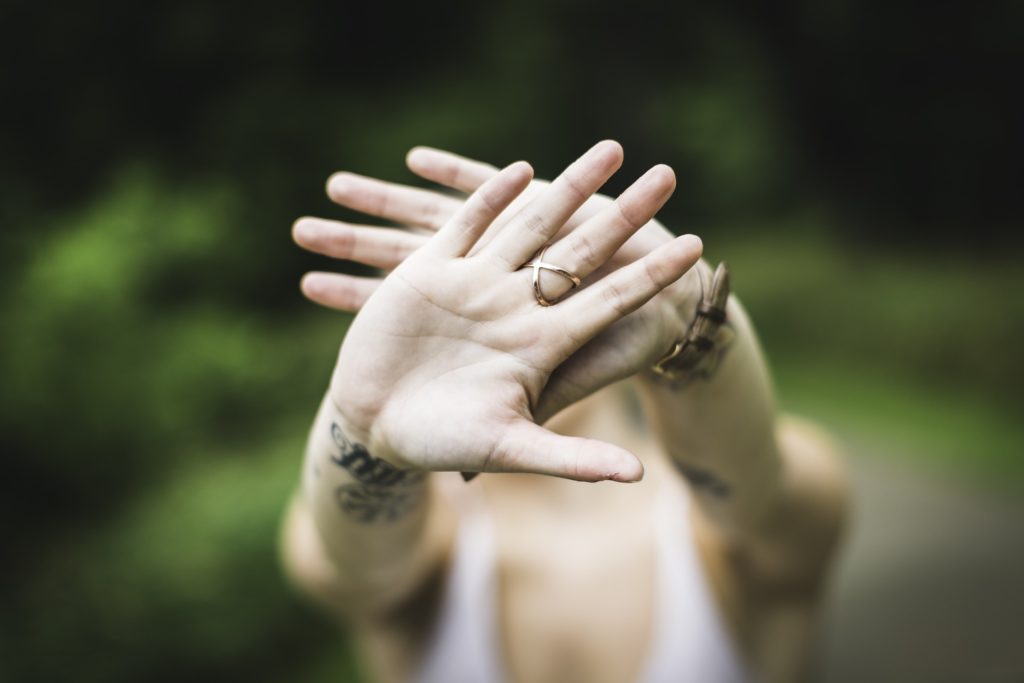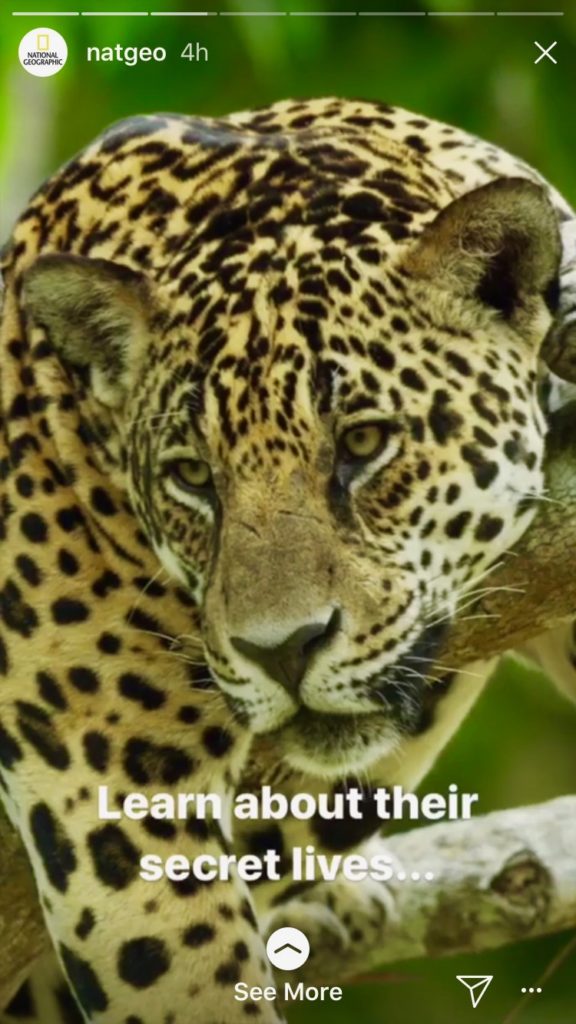“We want people to worry a little bit less about how many likes they’re getting on Instagram and spend a bit more time connecting with the people that they care about,” – Adam Mosseri, Instagram Chief.

Instagram has hidden likes in 6 more countries now and it’s soon going to be implemented in more geographies.
So this change happened and I think it’s for good, as an individual as well as a marketer.
I know there’s a lot of hue and cry going on for this feature especially by the influencers but if I think of it rationally, my hunch is, this will fix many ongoing issues with the platform.
While the number of likes was one of the key ways to put a value on a post for the business side of Instagram, but if I think it from the business side I am not sure what purpose those likes were serving.
Not just for business accounts but for regular accounts too, these likes and follower counts have become like a digital popularity contest leading to users taking any measure to increase their worth in terms of social currency.
For Instagram, it must have been a very bold step, something that might even hit their popularity in the short term but considering all types of scams and bots that are floating on Instagram to increase these followers and likes, it’s high time that measures like these are taken.

I have been a huge fan of influencer marketing always; when done right it has given wonderful results for the brands that I have worked for. There was a time when I used to interact personally with the influencers for different campaigns and wow, what a wonderful era that was where some of those influencers actually created content better than us and our agencies. Those content were stunning, useful and worth every penny that we spent.
But speaking of now, the past three campaigns that I have tried hasn’t given us the engagement ratio of even 1%. In fact, nano influencers have turned out to be better than influencers or micro-influencers.
And there is a huge difference in the rates of hiring a nano, micro vs popular influencers these days.
One of the data points from a recent campaign that we did with few influencers – Influencers with 5k – 6k followers gave us approximately 10% engagement whereas the ones with around 60k followers gave us approximately 1% engagement. We got almost the same results from these two segments but the payouts to them were very different. We paid almost 5x to the folks with 60k+ followers as against the ones with less than 10k followers!
With the bought likes and followers, Instagram honestly speaking has been losing its essence. More than beautiful visual storytelling, it’s becoming an automated-content battleground.
Similar trends have been observed by many other independent studies and research. Recently in an analysis done by Markerly for over 2 million influencers on Instagram, it was clearly found that influencers with
- < 1,000 followers average about 8% engagement
- 1,000 – 10,000 followers average 4% engagement
- 10,000 – 100,000 followers average 2.4% engagement
- 100,000 – 1 million followers average 1.8% engagement
- > 1 million followers average 1.7% engagement
Let’s hope that with changes like these, hopefully, the fake will get filtered out and better features and metrics will get introduced to help both the content creators and marketers. Speaking of features, I think it would be good to have:
- a transparent influencer platform like Amazon, currently brands are dependent on finding influencers through third-party platforms or agencies. A robust influencer network connecting brands and influencers will be beneficial for all concerned.
- tools to clearly differentiate between genuine vs bot followers of influencers. I am ok if the influencers garner reach through paid promotions too but at least the bots or fake profiles should be called out clearly.
- better analytics and reports for brands using which they can monitor the performances of the campaigns with influencers. Payouts can be based on performance and reach. Not only will this help brands, but this will also help the genuine content creators command better deals from brands.
- better image tagging for business accounts, so that not just accounts but exact product image/pages could also be tagged.
The wishlist could be more but for now, all I hope is that Instagram retains its original charm and doesn’t meet the same fate as SMS or email.
What do you think about “Instagram removing likes”? Which tools do you use to audit the potential influencer’s account? I am currently using IG Audit and HypeAuditor. Any other good audit/ranking tools that you can recommend?















Recent Comments